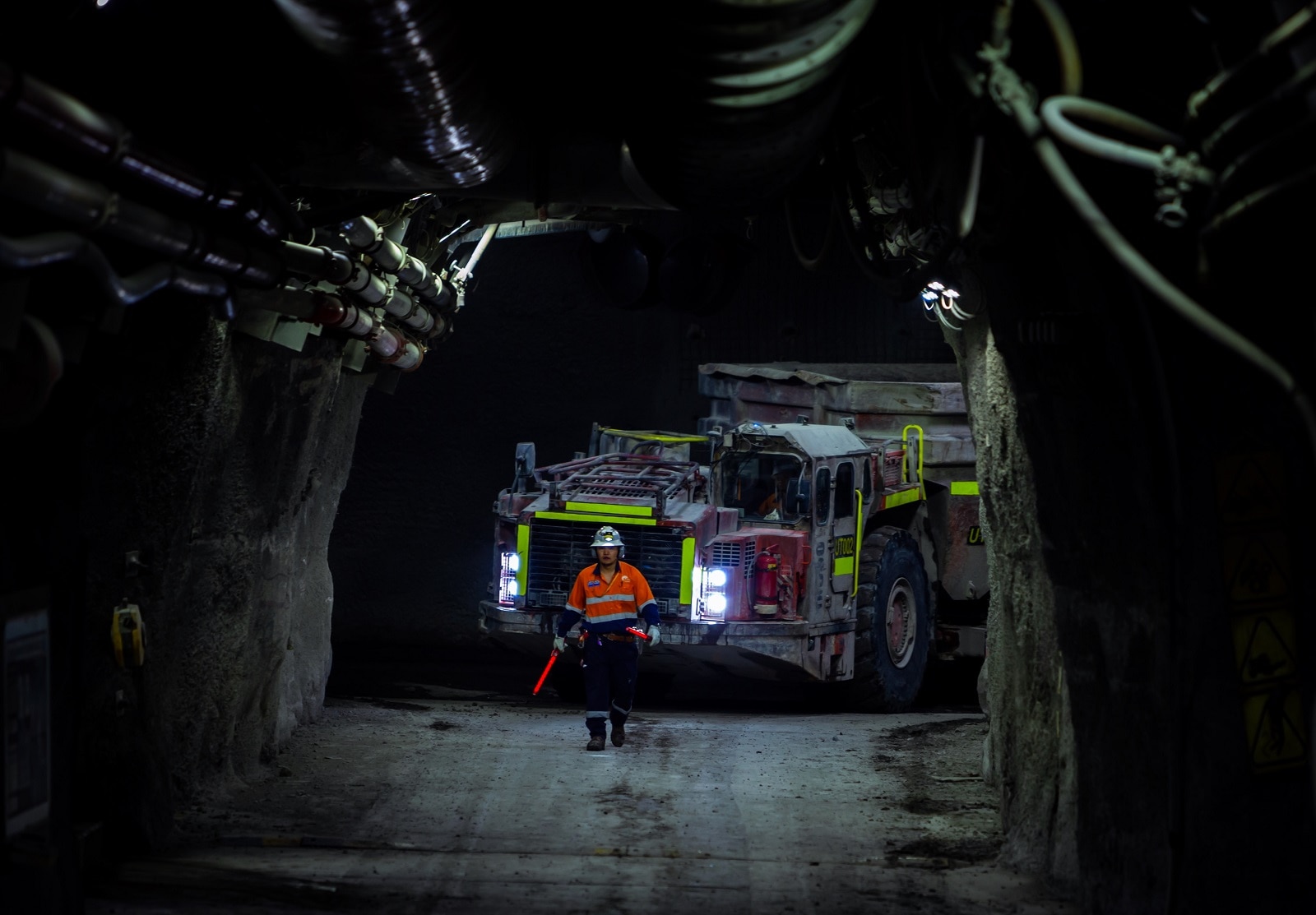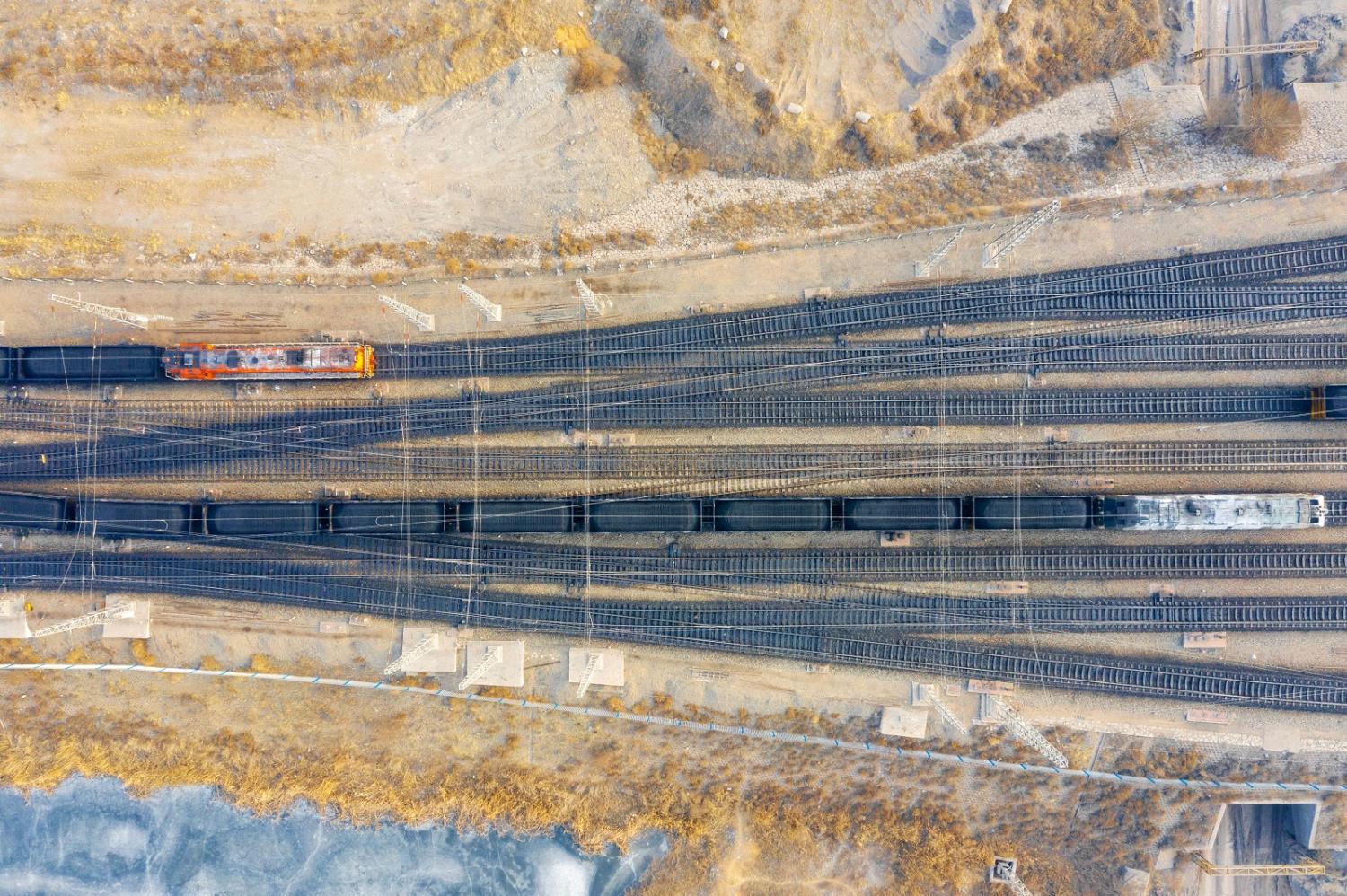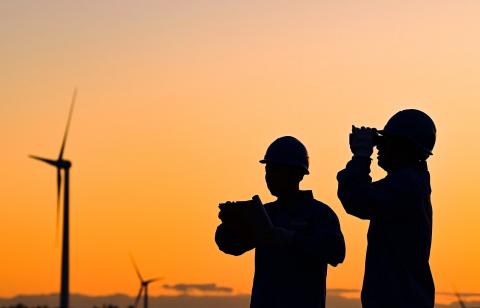Climate change is pushing the world to transition its energy systems at an unprecedented pace. This shift is contingent on a steady supply of minerals and metals critical for the production of low-carbon technologies. Mongolia’s rich endowment of copper, uranium, fluorspar, rare earth elements, and other critical minerals position it well in the global geopolitics of energy transition.
Minerals constitute more than 90% of Mongolia’s exports and contribute more than a quarter of government revenue. There is potential for Mongolia to shore up its long-term socio-economic development by harnessing its natural resources wealth. However, in the absence of due diligence and appropriate safeguards, this opportunity may turn into a risky undertaking for the country.
Several nations with limited historical and economic connections to Mongolia are now actively interested in its mineral resources. In February 2023, South Korea signed a Memorandum of Understanding (MoU) with Mongolia to enhance cooperation in the rare metals supply chain. In June 2023, the US government signed an MoU with the Mongolian government to advance secure and resilient critical mineral supply chains in the Indo-Pacific region. Last week, France signed a $1.7 billion landmark uranium mining deal with the Mongolian government, which will allow the French state-owned Orano to produce uranium around 2028. This deal is set to position Mongolia as the world’s seventh-largest uranium producer.
The underlying raison d’être for these significant milestones is the world’s ongoing quest for a secure supply of minerals for the energy transition. The war in Ukraine, destabilising forces in resource-rich Africa, and China’s established hegemony in the mineral supply chain, open up promising opportunities for young, stable nations such as Mongolia to use their resource endowment for tactical and operational advantage.
However, Mongolia’s past mining history suggests a challenging trajectory. The Oyu Tolgoi copper mine in the southern Gobi region, expected to become the world’s fourth-largest copper asset by 2030, has faced numerous socio-institutional challenges since it became operational in the early 2010s. A longstanding dispute between the mine’s owners, Rio Tinto, and the government of Mongolia over the project’s cost overrun and financial responsibilities was finally resolved in 2022.

A legacy of local disputes and conflicts poses additional challenges to Mongolia’s ambition of becoming a trusted and secure mineral resources provider. Over the last two decades, intense local-level protests relating to extractive activities have been common across the country. The Mongolian populace is acutely aware of mining’s potential risks, based on their lived experiences of its social and ecological harms. This awareness has led to a consistent demand for safeguards, resulting in the ad hoc adoption of laws cancelling mining licenses in river areas and the reversal of exploration permits.
Last month, an advanced-stage rare earth exploration project in western Mongolia was suspended by the government due to community opposition. Local protests, driven by local concerns related to the environmental and social impacts of mining, informed the contours of public grievances which, in turn, influenced the government’s decision. While the government has expressed a desire to value community opinions, the procedural mechanisms to be used remain unclear.
In addition, the impacts from a changing climate – including droughts, dzuds (a Mongolian weather phenomenon that leads to mass death of livestock due to lack of food and/or water) and reduced precipitation in an already dry region – remain critical threats to Mongolia’s economic, social and ecological sense of being. Despite their innate resilience, Mongolians are extremely alert to human-induced ecological disturbances to the land – in terms of both its spiritual and cultural significance but also its economic value for livestock grazing. As a region with high vulnerability but limited adaptive capacity, the extractive industry’s impacts on these pastoralist lands amplify the ongoing pressures of climatic changes, thereby inviting fervent opposition from marginalised herders. As climate change makes pastoralism unviable, local herding communities are rightfully coalescing to seek a fair share of the benefits flowing from mining-induced ecological degradation.
Currently, Mongolia does not have a legally binding requirement for project proponents to notify the public, disclose draft impact assessment reports and invite comments and feedback. Although progress on local level agreement-making is evident in Mongolia, this remains an exception rather than the norm. Transparency and public disclosure initiatives, including the Extractive Industries Transparency Initiative (EITI), although introduced and implemented, have so far only provided ex-post review opportunities. There is little evidence of sustained, systematic improvements in the adoption of environmental, social and governance safeguards for mining-impacted communities.
As observed at the 2023 Mining Week discussions, which wrapped up last week in Ulaanbaatar, the government is actively pitching Mongolia for foreign investment for minerals exploration with promises of regulatory reforms that will expedite project licensing and permits. Our experience with international mining projects over the years has highlighted that without meaningfully engaging local communities, disputes and conflicts are inevitable.
The demand for Mongolia’s energy transition minerals provides a critical opportunity for the country’s government to reflect on its past mistakes and demonstrate initiatives to plug longstanding gaps in laws and regulations around local-level consultations, consent, agreement-making, and benefit sharing.

